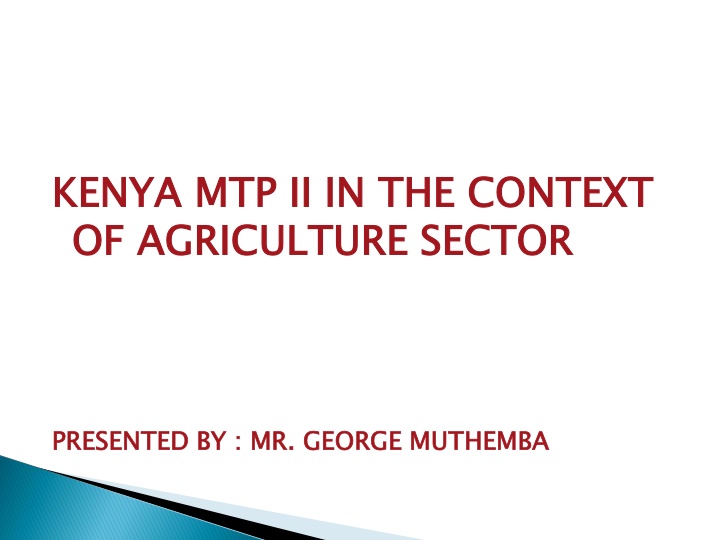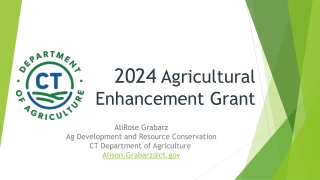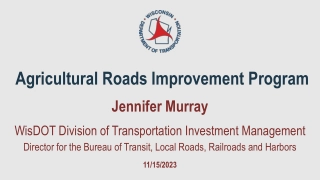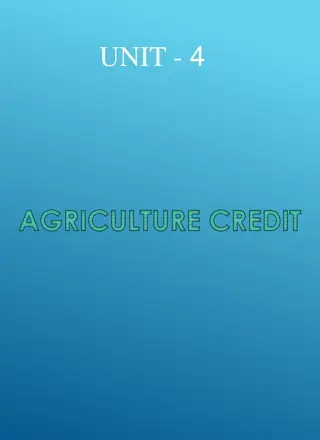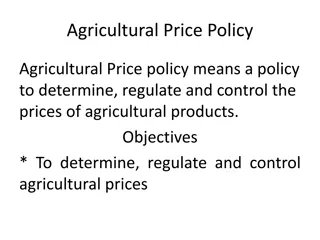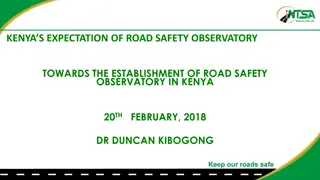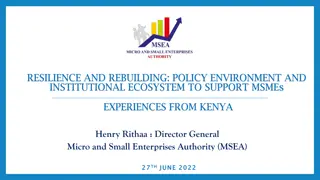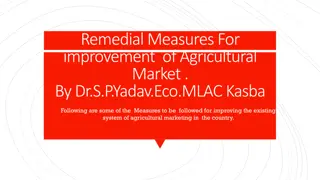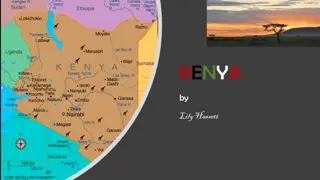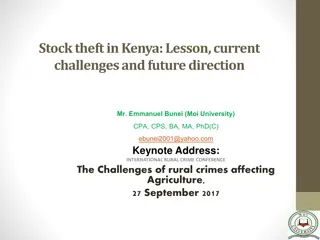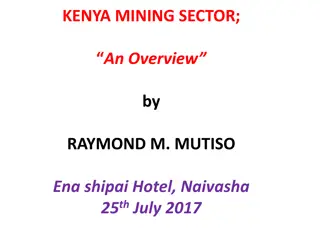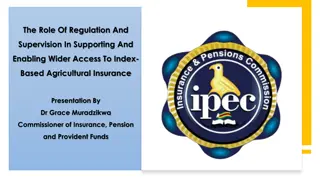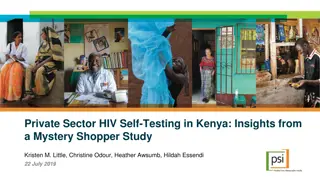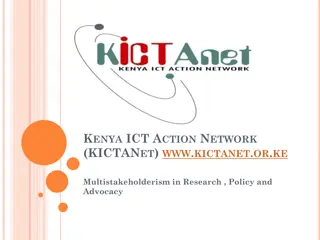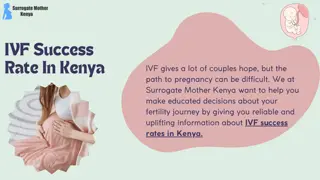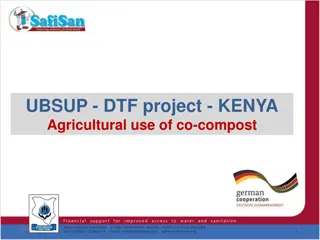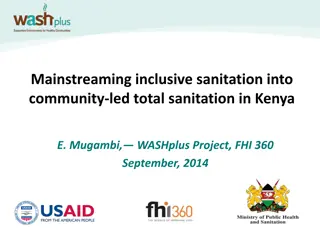Agricultural Sector in Kenya: MTP II Overview
The agriculture sector in Kenya plays a significant role in the economy, contributing to GDP, export earnings, and employment. Explore the challenges and initiatives in the sector's development, including growth targets and flagship projects.
Download Presentation

Please find below an Image/Link to download the presentation.
The content on the website is provided AS IS for your information and personal use only. It may not be sold, licensed, or shared on other websites without obtaining consent from the author.If you encounter any issues during the download, it is possible that the publisher has removed the file from their server.
You are allowed to download the files provided on this website for personal or commercial use, subject to the condition that they are used lawfully. All files are the property of their respective owners.
The content on the website is provided AS IS for your information and personal use only. It may not be sold, licensed, or shared on other websites without obtaining consent from the author.
E N D
Presentation Transcript
KENYA MTP II IN THE CONTEXT OF AGRICULTURE SECTOR KENYA MTP II IN THE CONTEXT OF AGRICULTURE SECTOR PRESENTED BY : MR. GEORGE MUTHEMBA PRESENTED BY : MR. GEORGE MUTHEMBA
The agriculture sector is one of the sectors under the economic pillar It contributes about 24 percent of the GDP about 75 percent of industrial raw materials and 60 percent of export earnings The sector accounts for 65 percent of Kenya s total exports 8 percent and 60 percent of the formal and total employment respectively.
1stMTP (2008-2012) targeted the sector to grow at 7% per annum the sector recorded an average annual growth rate of 4.3% between 2008 and 2011 mainly caused by adverse weather conditions in some years, post election violence and increasing costs of major inputs such as seeds, fertilizer and fuel. The sector achieved an annual increment of Kshs. 70,550 million in the value of agricultural output between 2008 and 2011 against the target of Kshs. 80,000 million per year as set out in ASDS and Vision 2030.
Inadequate funding, Unreliable weather patterns and effects of climate change, Low adoption of technology and un- coordinated Research and Development (R&D), Insecurity/resource based conflicts, Population and cultural practices, Regional and international barriers to trade, 1. 2. 3. 4. 5. 6.
7. Global economic recession, 8. Conversion of agricultural land to other competing land uses, 9. Availability and affordability of energy
FLAG SHIP PROJECTS 1. Implementation of the Consolidated Agricultural Reform Legislations 2. Fertilizer Cost Reduction Strategy 3. Establishment of Coast Disease Free Zone 4. Fisheries Development and Management 5. Development of Multipurpose Dams
Agricultural Development along LAPSSET Programme National Agricultural Sector Extension Programme (NASEP) Irrigated Agriculture Programme Agri-Business Development Programme Accelerated Agricultural Inputs Access Programme Agricultural Credit and Financial Services Access Programme Institutional Reforms Integrated basin based development programme 1. 2. 3. 4. 5. 6. 7. 8.
THANK YOU THANK YOU ASANTE SANA ASANTE SANA
